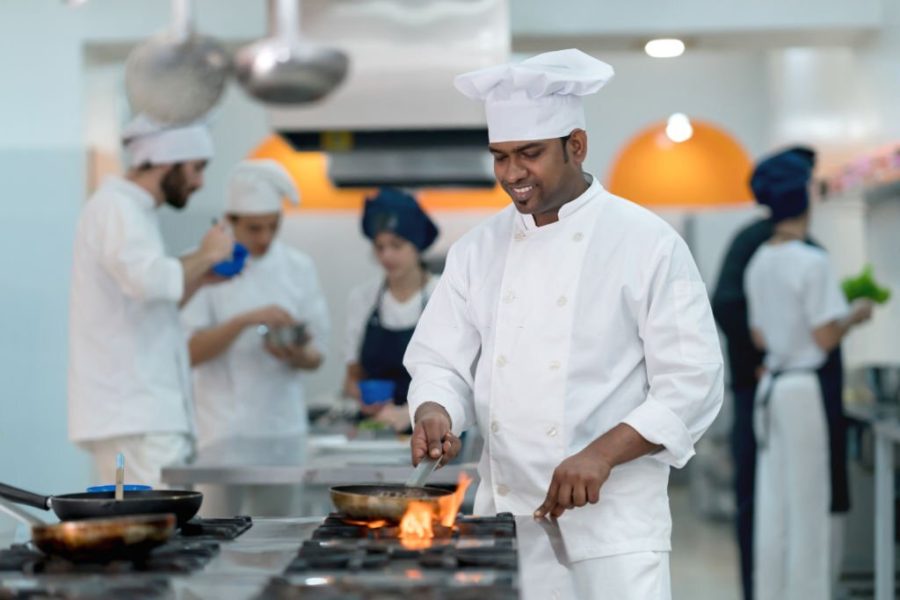The foodservice sector has been transformed recently by the emergence of the ghost kitchen paradigm. A ghost kitchen also called a virtual kitchen or a cloud kitchen is a delivery-only restaurant devoid of a real eating area. It runs from a common kitchen where several food brands or chefs create meals for distribution companies. Ghost kitchens present a special and profitable chance for chefs to increase their reach, cut overhead costs, and investigate new culinary endeavors as more customers choose online ordering. The advantages of running a ghost kitchen for chefs seeking innovation and expansion of their company are investigated in this paper.
Reduce Overhead Expenses
Running a ghost kitchen offers one of the most convincing advantages: a lower overhead cost. Typical costs associated with traditional restaurants include utilities, decor, front-of-house employees, rent for a desirable location, and Usually located in less costly locations, ghost kitchens often in shared kitchens or commercial commissaries have Chefs can concentrate just on food production and delivery without regard for a dining space, waitstaff, or storefront. This allows chefs the chance to maximize profitability by allocating more money to marketing, ingredients, or scaling activities.
Flexibility and Menu Experimentation
With their unmatched freedom, ghost kitchens let chefs test several dishes and ideas free from the long-term commitment of running a genuine restaurant. To find what appeals to patrons, a chef might try out other cuisines or seasonal meals. There are less rules on menu size, style, or layout since there is no conventional dining space. More creative cuisine and quick adaptation to shifting consumer tastes or culinary trends are outcomes of this adaptability. It also enables cooks to run several businesses out of one location, therefore diversifying their products and boosting income sources.

Expanded market reach
Chefs using a ghost kitchen can attract a far bigger clientele. Ghost kitchens are set up to satisfy requests via meal delivery apps unlike conventional restaurants, which are usually limited by their location. These tools help cooks easily access many markets, including those far outside their own neighborhood. Whether it’s a tiny neighborhood or a big city, a chef’s influence covers patrons who might not have otherwise visited their actual restaurant. Without the expensive physical presence, this increases chances for cooks to develop their brand and maybe even enter new sites.
Effective Application of Technology
Technology is essential in the digital world for simplifying processes and enhancing client experience. Using delivery apps and computerized ordering systems, ghost kitchens let chefs access the rapidly expanding online meal delivery scene. These instruments enable cooks to control orders, record consumer preferences, and maximize delivery times. Moreover, data analytics helps chefs to better grasp customer behavior, customize their marketing campaigns, and polish their meals for maximum success. Apart from streamlining daily tasks, technology offers insightful analysis that can propel development and success in the competitive food sector.
From lower overhead costs and operational freedom to the possibility for more market reach and less financial risk, running a ghost kitchen presents several benefits for chefs. It lets chefs test new ideas free from the financial weight of a conventional restaurant and gives a stage for culinary creativity.
